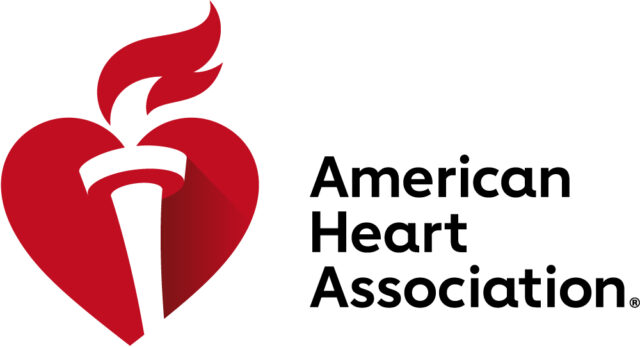Hypertension (elevated blood pressure, BP) is the most common comorbidity among diabetic patients and has been associated with higher cardiovascular risk, though as a risk factor, it is also the most modifiable.

After the ACCORD and SPRINT study outcomes, there is no solid evidence on optimal BP targets for the diabetic population. This is why the BPROAD was designed, aimed at assessing whether an intensive treatment with systolic BP ≤120 mmHg, results more effective than the standard treatment (SBP ≤140 mmHg).
This multicenter, open, randomized study included patients form various centers in China. It looked at 12,821 patients of over 50 years of age with type 2 diabetes and high BP, defined as unmedicated SBP ≥140 mmHg, or SBP ≥130 mmHg with at least one antihypertensive medication, at high cardiovascular risk.
Primary end point was incidence of major adverse cardiovascular events (MACE), including nonfatal stroke, nonfatal acute myocardial infarction (AMI), hospitalization for cardiac failure and cardiovascular death. The study also assessed adverse events such as symptomatic hypotension and hyperkalemia. Patients were followed up to mean 4.2 years.
Read also: OPTION Trial: Left Atrial Appendage Closure.
The intensive treatment showed a significant reduction in MACE incidence, hazard ratio (HR) 0.79 (CI 95%: 0.69–0.90; P < 0.001). However, there was higher frequency of symptomatic hypotension in this group (8 vs. 1 event) and a tendency towards increased hyperkalemia cases (177 vs. 125 events).
Authors’ Conclusion: An intensive antihypertensive treatment might reduce cardiovascular events in patients with type 2 diabetes and high cardiovascular risk; however, we should consider the associated potential adverse events.
Presented by Guang Ning at the Scientific Sessions 2024, American Heart Association, November 2024, Chicago, EEUU.
Subscribe to our weekly newsletter
Get the latest scientific articles on interventional cardiology





